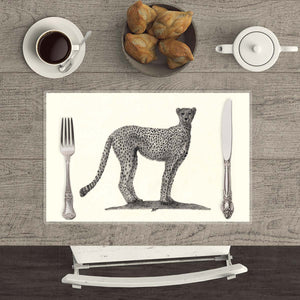All About Top News Sites
All About Top News Sites
Blog Article
Some Ideas on Unique Art You Should Know
Table of ContentsThe Best Guide To Unique ArtSome Known Questions About Unique Art.Little Known Questions About Unique Art.The Ultimate Guide To Unique Art
While one may discuss which art kind holds priority, the truth remains that each of these 7 forms gives a distinct window right into human history, society, and evolution. They are the tapestries that chronicle our trip, reminding us of our past while inspiring visions for the future.Excellent art work narrates, makes people look two times, and develops a distinct experience that can not be matched. Art and pictures connect every one of that through color, form and various other style components. Find out just how to make your one-of-a-kind artwork stick out from the group.

8 TRIA GIOVANEqual parts grand and laidback, this foyer designed by Anthony Baratta is the perfect blueprint to comply with if you're enhancing a formal entryway that still really feels unfussy and comfy. Patterned fabrics take facility stage (see the carpetings and the couch), but they also help bring the high ceilings to a human range when hung over wallpaper.
Facts About Unique Art Revealed
18 Heidi Caillier DesignA gallery wall doesn't need to use up the whole space. In some cases a small one can make a bigger style declaration. In this living space, Hiedi Caillier chose for micro-mini frames and a random make-up. Advertisement - Continue Analysis Below19 Stephen Kent JohnsonDesigner Juan Carretero went with a deep eco-friendly paint shade to contrast with the light timber surfaces.
The components of this languageits shapes, lines, colours, tones, and texturesare made use of in numerous methods to produce feelings of quantity, area, motion, and light on a flat surface. These elements are integrated into expressive patterns in order to represent actual or superordinary phenomena, to interpret a narrative style, or to produce completely abstract aesthetic relationships.
Later the idea of the "great musician" developed in Asia and Renaissance Europe. Noticeable painters were afforded the social status of scholars and courtiers; they signed their job, determined its design and commonly its subject and images, and established a more personalif not always amicablerelationship with their patrons. During the 19th century painters in Western societies began to lose their social placement and safe and secure patronage.
A Biased View of Unique Art
Others gained a revenue via visiting events of their work. The requirement to attract a market had replaced the similar (if much less impersonal) demands of patronage, and its impact on the art itself was probably comparable also. Normally, musicians in the 20th century could reach a target market only via business galleries and public museums, although their job may have been periodically replicated in art regulars.

Do not copy the style of various other artists if you're looking for your style. Duplicating other individuals's artwork can be wonderful in instructional functions but it will not make you closer to locating your very own one-of-a-kind style. Your creative design needs to be, what you such as and what inspires you.
I would consider your very own style as a dig this design you repaint in naturally, when you let go of all ideas and guidelines and simply concentrate on painting, not thinking of it. Unique Art. The design needs to come naturally to you when you are kicked back and you can't force it or it won't be your own design, just another person's
Unique Art Things To Know Before You Get This

With time you'll have the ability to sort all of them right into your favorite and least favorite categories. Attempt to focus your focus on the topics and mediums that you like and before you see it coming you'll have your own personal and distinct style, like no one else have! So ultimately you'll have a couple of preferred based on paint and perhaps a few favored tools.
The design has to develop itself over time with a great deal of practice and experiments - Unique Art. Thanks for reviewing this article and if you have any inquiries leave them in the comments below, I 'd more than happy to answer these
Report this page